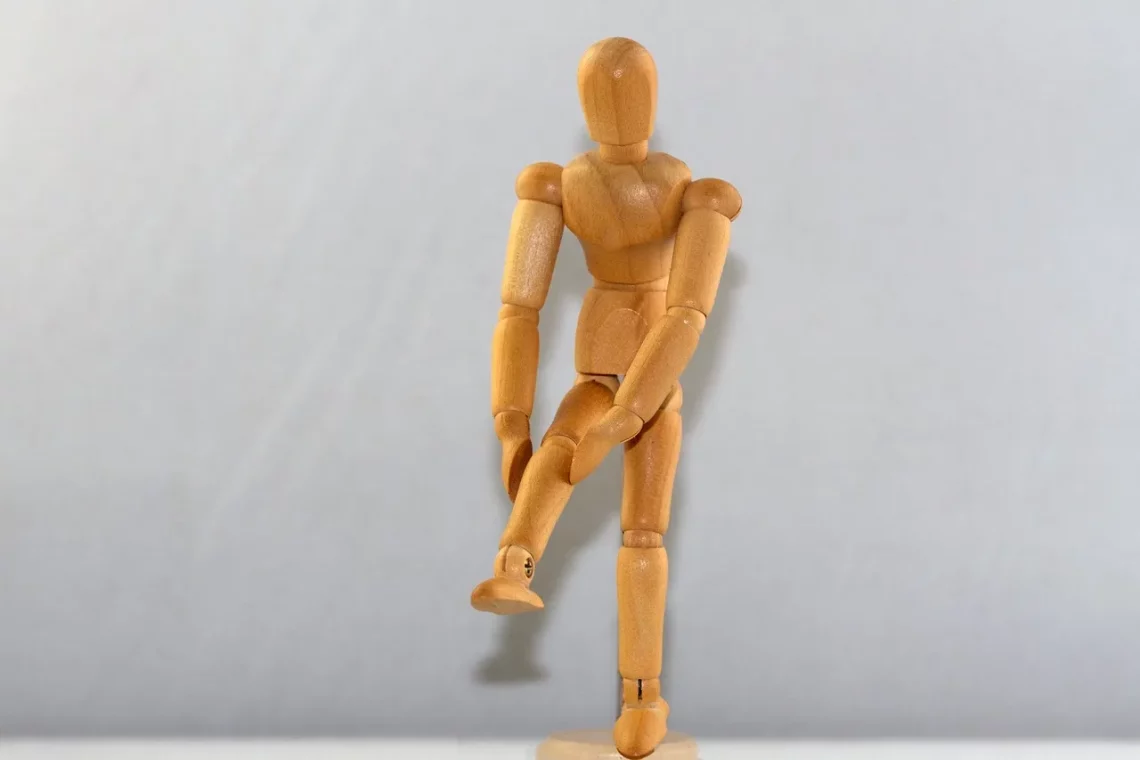
Understanding Back Pain When Bending Over: Causes and Solutions
Back pain is a common issue that affects millions of people worldwide, often leading to discomfort and reduced mobility. This type of pain can manifest in various ways, from a dull ache to sharp, debilitating sensations that can interfere with daily activities. One of the most frequent triggers of back pain is bending over, a movement that many individuals perform regularly, whether it’s to pick up an object, tie their shoelaces, or perform household chores. Understanding the underlying causes of this discomfort is essential, as it can help individuals take proactive steps to alleviate pain and prevent future occurrences.
The human spine is a complex structure composed of vertebrae, discs, muscles, and ligaments, all working together to provide support and flexibility. However, factors such as poor posture, physical strain, and underlying medical conditions can lead to issues that exacerbate back pain when bending over. While it can be easy to dismiss these sensations as a normal part of aging or a result of physical activity, it’s important to recognize that persistent pain may indicate a more significant problem that requires attention.
In today’s fast-paced world, many individuals may overlook their body’s signals, leading to chronic pain that could have been avoided with proper care and knowledge. By exploring the various causes of back pain when bending over, as well as potential solutions, we can empower ourselves to take control of our health and maintain a more active, pain-free lifestyle.
Common Causes of Back Pain When Bending Over
Back pain when bending over can stem from a variety of causes, ranging from lifestyle choices to medical conditions. One prevalent reason is muscle strain, which occurs when the muscles in the back are overstretched or torn due to improper lifting techniques or sudden movements. This is often seen in individuals who engage in heavy lifting without proper form or warm-up, leading to acute pain that can limit mobility.
Another common cause is poor posture. Many people spend long hours sitting at desks or hunched over their devices, which can weaken the muscles supporting the spine. Over time, this can lead to misalignment and increased strain on the back when bending over. Additionally, individuals who have a sedentary lifestyle may find that their back muscles lack the strength needed to support the spine effectively, resulting in pain during movements that place additional stress on the back.
Degenerative disc disease is another significant factor that can contribute to back pain. As we age, the intervertebral discs that act as cushions between the vertebrae can wear down, leading to reduced flexibility and increased likelihood of injury. Similarly, conditions such as herniated discs can cause pain when bending over, as the displaced disc material can press on nearby nerves, resulting in discomfort.
Other medical conditions, such as arthritis, scoliosis, or osteoporosis, can also play a role in back pain. Arthritis can lead to inflammation and stiffness in the joints of the spine, while scoliosis can create an uneven distribution of weight and stress on the back. Osteoporosis, characterized by weakened bones, increases the risk of fractures and can lead to significant pain when bending or lifting.
Understanding these common causes is the first step in addressing back pain. Identifying the underlying issue can help individuals seek appropriate treatment, whether it be through lifestyle changes, physical therapy, or medical intervention.
Preventative Measures for Back Pain
Preventing back pain, especially when bending over, involves a combination of lifestyle adjustments, ergonomic practices, and physical conditioning. One of the most effective strategies is to maintain good posture throughout daily activities. This means sitting up straight, keeping the shoulders back, and ensuring that the spine is aligned. Using ergonomic furniture, such as chairs with lumbar support, can also help to promote better posture and reduce strain on the back.
Incorporating regular exercise into your routine can significantly strengthen the muscles that support the spine. Focus on exercises that target the core, as these muscles play a crucial role in stabilizing the back. Activities such as pilates and yoga not only build strength but also enhance flexibility, making it easier to bend without discomfort. Additionally, engaging in low-impact aerobic exercises, like walking or swimming, can improve overall fitness and help maintain a healthy weight, reducing the strain on the back.
Another essential aspect of prevention is learning proper lifting techniques. When picking up heavy objects, it’s crucial to bend at the knees instead of the waist, keeping the object close to your body. This minimizes the stress placed on the back. If an object is too heavy or awkward to lift safely, it’s best to seek assistance or use tools such as dollies or lifting straps.
Maintaining a healthy lifestyle, including a balanced diet and adequate hydration, can also support spinal health. Nutrient-rich foods that promote bone health, such as calcium and vitamin D, are vital for maintaining strong bones and preventing conditions like osteoporosis.
By implementing these preventative measures, individuals can significantly reduce their risk of experiencing back pain when bending over. Consistent effort and awareness of body mechanics can lead to a more active and pain-free life.
Treatment Options for Back Pain
When back pain occurs, it is essential to explore treatment options that can alleviate discomfort and promote healing. Depending on the severity and underlying cause, various approaches may be utilized.
For mild to moderate pain, over-the-counter pain relievers such as ibuprofen or acetaminophen can be effective in managing symptoms. These medications help reduce inflammation and provide temporary relief. However, it’s crucial to use them as directed and consult a healthcare professional if pain persists.
Physical therapy is another valuable treatment option, focusing on strengthening the muscles that support the spine and improving flexibility. A licensed physical therapist can design a personalized exercise program that addresses specific issues and teaches proper body mechanics to prevent future injury. Techniques such as heat therapy, ice packs, and ultrasound may also be employed during sessions to reduce pain and promote healing.
In cases where conservative treatments are ineffective, a healthcare provider may recommend more advanced options, such as corticosteroid injections. These injections can provide temporary relief by reducing inflammation around the affected nerves. However, they are typically considered when other treatments have not yielded satisfactory results.
Surgical intervention may be necessary for severe cases, particularly when there is significant nerve compression or structural issues within the spine. Procedures like discectomy, laminectomy, or spinal fusion aim to relieve pressure on the nerves and stabilize the spine.
It’s essential to remember that treatment should be tailored to the individual’s specific condition and needs. Consulting with a healthcare professional is crucial in determining the most appropriate course of action.
When to Seek Medical Attention
While many instances of back pain can be managed with home care and lifestyle modifications, it’s vital to recognize when to seek medical attention. Persistent pain that lasts for more than a few weeks, especially if it worsens over time, should not be ignored. Additionally, if the pain is accompanied by other symptoms such as numbness, tingling, weakness in the legs, or bowel and bladder dysfunction, it is essential to consult a healthcare professional immediately, as these could indicate more serious conditions.
Individuals with a history of cancer, osteoporosis, or recent trauma should also seek medical advice promptly if they experience back pain. In these cases, early diagnosis and intervention can significantly impact recovery and overall health.
In conclusion, back pain when bending over is a common issue that can arise from various causes, including muscle strain, poor posture, and underlying medical conditions. Understanding these factors and implementing preventative measures can help individuals manage and reduce their risk of pain. Treatment options range from conservative care to surgical intervention, depending on the severity of the condition. Always consult a healthcare professional for personalized advice and treatment.
**Disclaimer:** This article is for informational purposes only and does not constitute medical advice. Always consult a healthcare professional for medical concerns or conditions.




